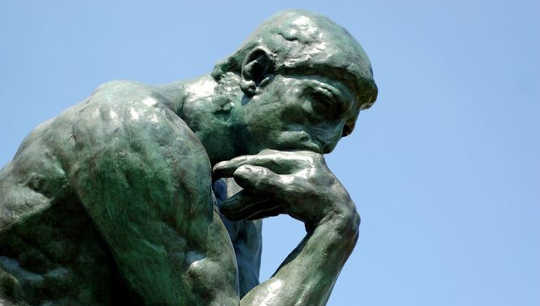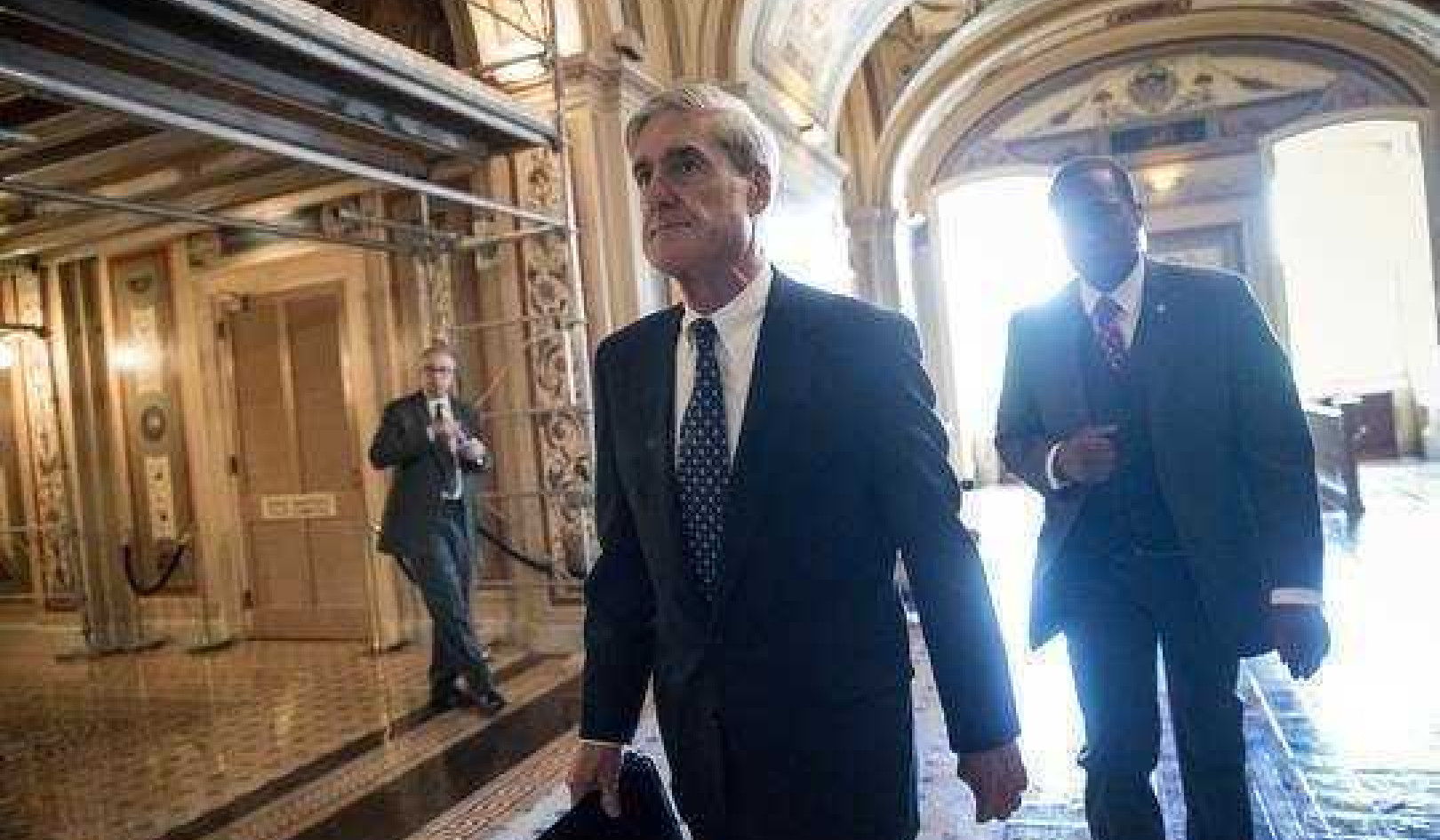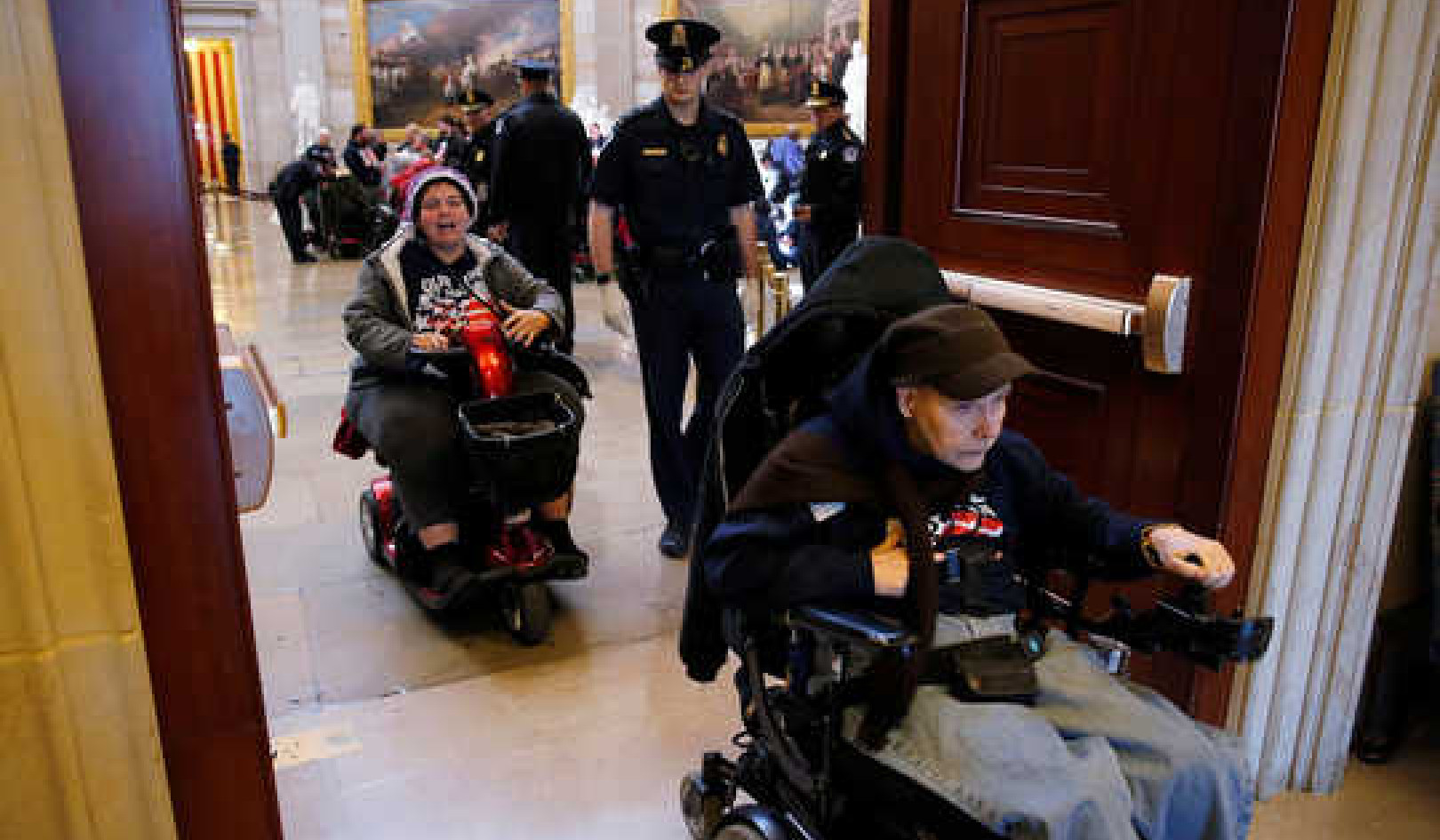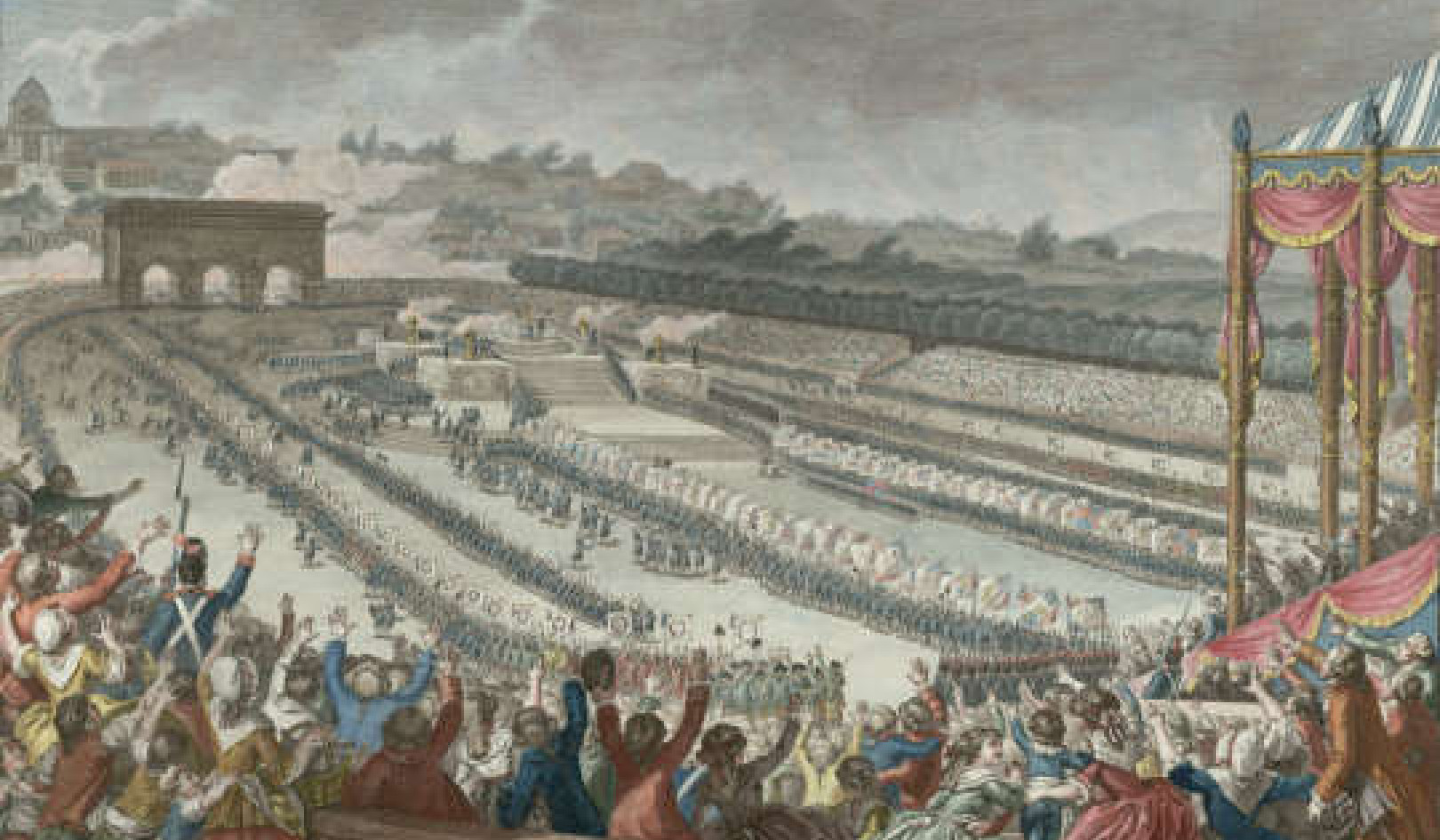 Tough times call for…thinking. Brian Hillegas/flickr, CC BY
Tough times call for…thinking. Brian Hillegas/flickr, CC BY
People cannot engage in something they cannot see or feel. We need concrete reasons to care and act. In this way, climate change presents a threefold intangible challenge:
-
we can perceive the weather, but the climate system is something rather abstract, a statistical construct
-
we now know climate change is anthropogenic, or man-made, but how can we understand this? One way is to say: mankind is the reason, but this becomes also very abstract. Who actually is represented with mankind? Another way is to say: China or the US is to blame, as if we are speaking of subjects and not concepts. We cannot grasp how you and I contribute to climate change, not by doing something extraordinary, but with our everyday lives
-
we cannot perceive how we as individuals can contribute to mitigating climate change. Eighteenth-century philosopher George Berkeley stated that “To be is to be perceived.” If we can’t see the change in the climate system, nor the reason why it is actually occurring, does it exist in our daily lives?
This situation requires people to consider how they perceive climate change and what they can do to make climate change more tangible and real in their daily lives.
The intangible climate
When talking about the climate system, we have to realize that we are not dealing with something tangible. Climate is not to be seen outside the window; climate is not the weather. It is a collection of data and patterns in a statistical construct.
Furthermore, climate is not here and now. Its only possible way to be perceived is through recognition of patterns, by computer modeling and, most importantly, through representations.
Images can represent the effects of climate change, such as desertification or deforestation, but not climate change itself. However, visual representations of climate change are very common in advocacy groups' campaigns, showing polar bears, icebergs, deserts or images that show the world on fire.
These images become the referent – that is, climate change – itself, thus shaping our perceptions of it, the importance we give it and our perception of our own capacity to do something about it. This is why, if publicity and science communication campaigns represent climate change with images of deserts or polar bears, the public will perceive it as something distant and unimportant to their cosmopolitan lives. Or, on the other hand, these images may shape their perceptions to think climate change is something so big that individual actions are futile.
The intangible cause
The most recent Intergovernmental Panel of Climate Change (IPCC) 5th-Assessment Report shows that human influence on the climate system is clear. However, do we feel identified as culprits? Who is represented by mankind? Can we really relate to this?
Another way to see the problem is by saying: OK, the US, China and other countries are the most important producers of carbon emissions, and so they are to blame for climate change. However, there is a very important reason that all these industries are polluting: to satisfy our consumer needs.
This ultimately means that anthropogenic climate change is not due to “mankind” or “China’s developmental needs” but because individuals like you and me want to live comfortable lives, with three cars, a big flat-screen TV, a laptop in standby, a fillet waiting in the fridge, etc. How can we connect all these indulgences with the melting of the Arctic or with the displacement of thousands in the South Pacific?
Perhaps, we might think, that ignorance of the consequences of climate change is exactly what makes us behave like we do. Yet the IPCC and many other scientific institutions have warned us over and over about the dire impacts of runaway climate change.
As philosopher David Hume affirmed: “'Tis not contrary to reason to prefer the destruction of the whole world to the scratching of my finger.“ What Hume argued is that it is not pure reason that drives ethical behavior but passion and feelings. Facts are cold and abstract and difficult to relate to.
The intangible reason to act
Even if we understand that the climate system is intangible, and we understand it is not “mankind” but our personal, cosmopolitan lives to blame for climate change, how can we act? Do we see a connection between our consumer patterns and people being dislocated from sea level rise on the far side of the world? Can we act to save people who are not even born yet? Are my actions significant?
Perhaps we can think our individual actions are futile but analogous to our contribution to democracy by voting. No, the president didn’t get elected because of you, but you are part of the percentage that gave him the victory.
The grand majority of people on Earth live and work in urban settlements. In the city we are alienated from nature. We do not see it, and we do not feel connected to it. However, it is crucial for us city dwellers to understand the importance of urban settlements in the cause and mitigation of climate change given that, according to the IPCC, a high proportion of the population and economic activities most at risk from climate change, and a high proportion of global greenhouse gas emissions, are generated by urban-based activities and residents.
However, how can we see climate change in the city? We must learn to see our own contribution to climate change. And it comes as easily as this: practically everything we do creates carbon emissions directly or indirectly.
Every action comes with a carbon price tag attached to it. Do you want ice in your soda? It costs. Do you want to keep the computer on the whole night? It costs, too. Learn the carbon footprint of everything you do in your daily life. Furthermore, you can learn about the most polluting companies you are contributing to without even knowing.
By understanding our daily contribution to climate change, perhaps we will finally see its real cause where we couldn’t see it before. As author Henry David Thoreau said: “It’s not what you look at that matters, it’s what you see.”
About The Author
 Luis Fernández Carril is Faculty member at Universidad Nacional Autónoma de México (UNAM). His research encompasses Critical Geopolitics of Climate Change, Conflicts in International Negotiations and the Epistemological analysis of Climate Change visual representations. He is a collaborating author to the Mexican Report on Climate Change 2015 and member of the organizing committee of the National Conference on Climate Change Research, organized by UNAM in Mexico City.
Luis Fernández Carril is Faculty member at Universidad Nacional Autónoma de México (UNAM). His research encompasses Critical Geopolitics of Climate Change, Conflicts in International Negotiations and the Epistemological analysis of Climate Change visual representations. He is a collaborating author to the Mexican Report on Climate Change 2015 and member of the organizing committee of the National Conference on Climate Change Research, organized by UNAM in Mexico City.
This article was originally published on The Conversation. Read the original article.
Related Book:
at

Thanks for visiting InnerSelf.com, where there are 20,000+ life-altering articles promoting "New Attitudes and New Possibilities." All articles are translated into 30+ languages. Subscribe to InnerSelf Magazine, published weekly, and Marie T Russell's Daily Inspiration. InnerSelf Magazine has been published since 1985.

Thanks for visiting InnerSelf.com, where there are 20,000+ life-altering articles promoting "New Attitudes and New Possibilities." All articles are translated into 30+ languages. Subscribe to InnerSelf Magazine, published weekly, and Marie T Russell's Daily Inspiration. InnerSelf Magazine has been published since 1985.























